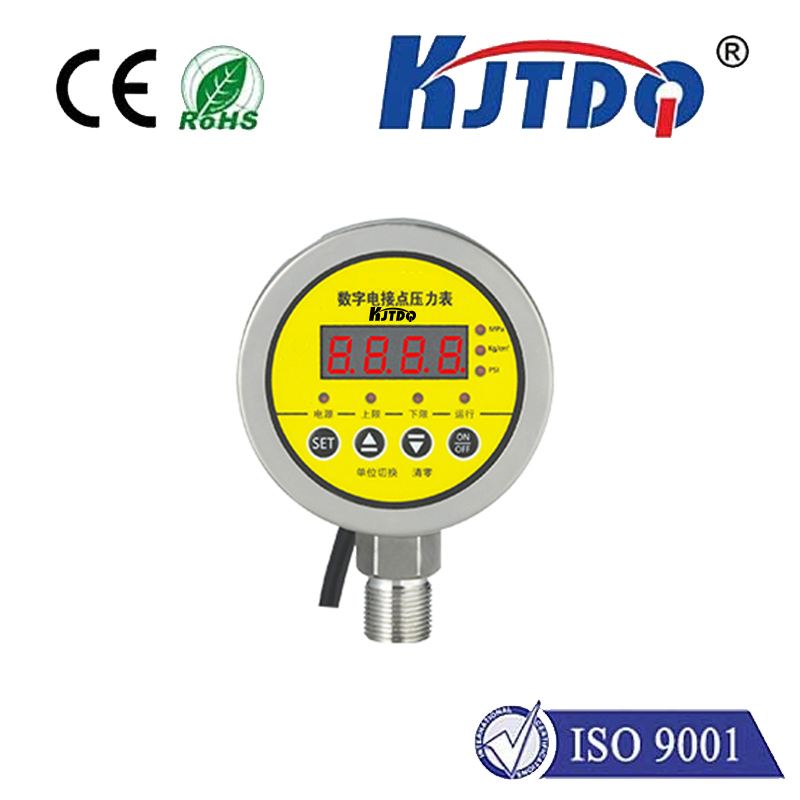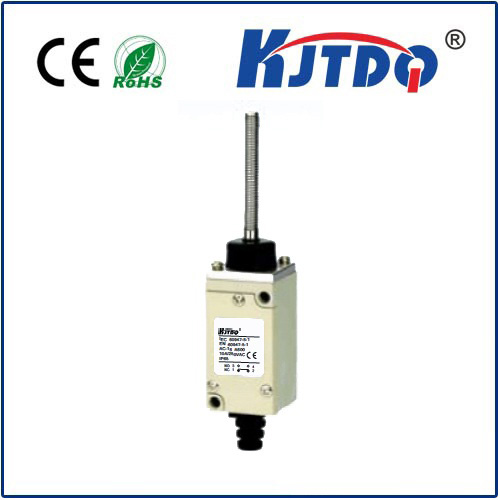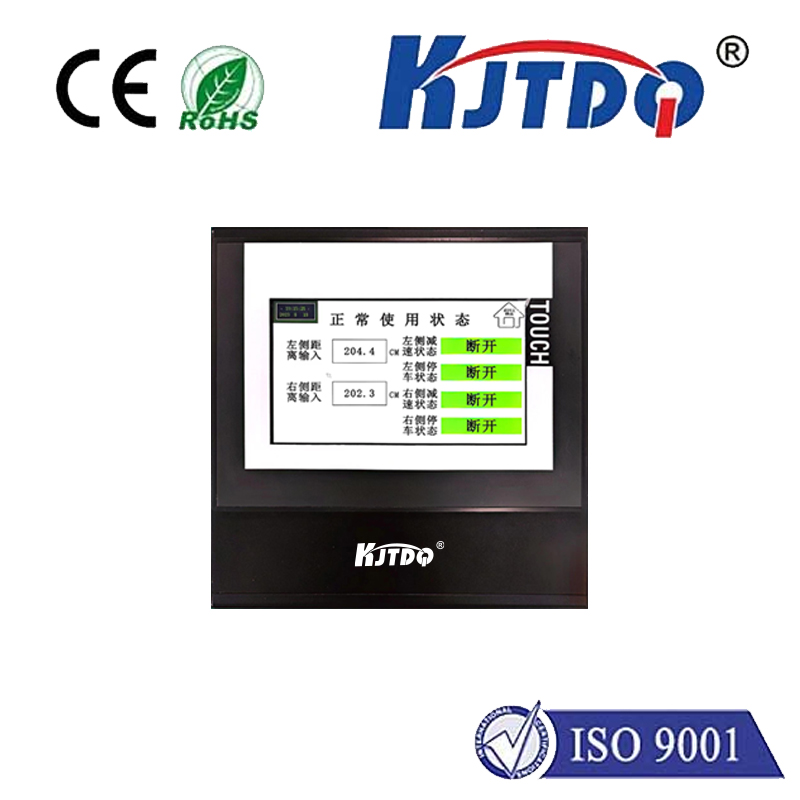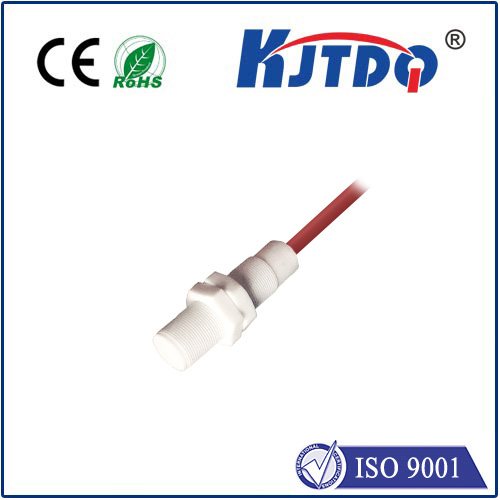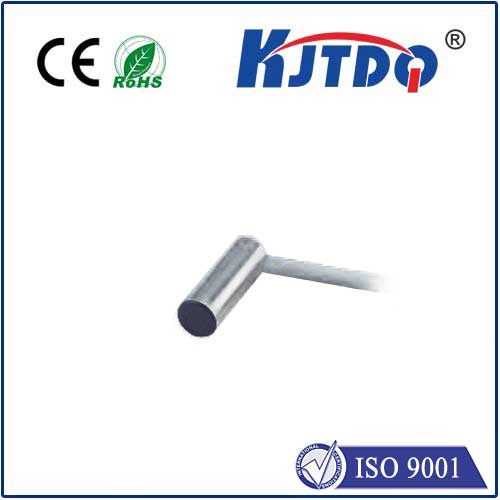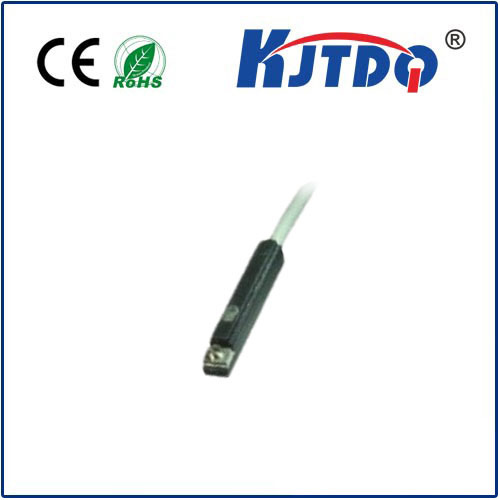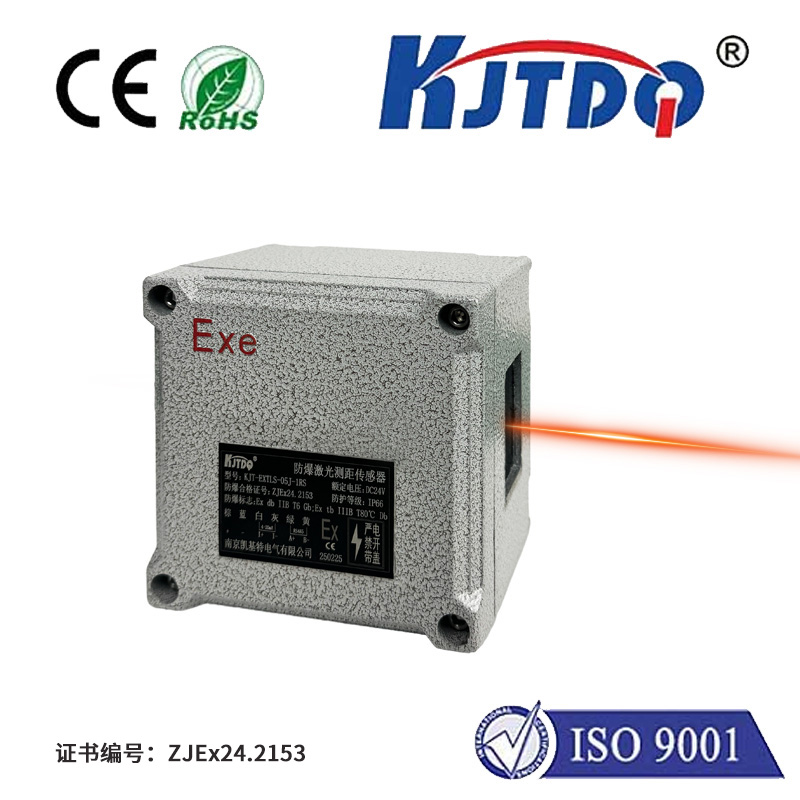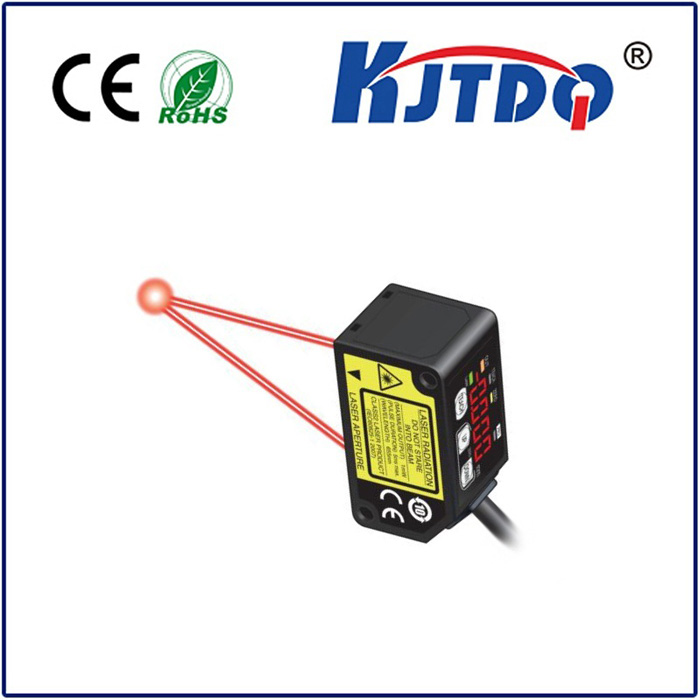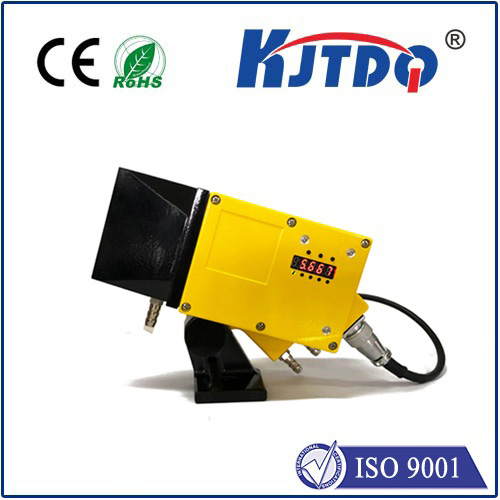датчик ближнего действия
- time:2025-07-15 08:17:59
- Нажмите:0
Unseen Guardians: How Proximate Sensors Are Revolutionizing Our Interaction with Technology
Proximate Sensors: The Essential Guide to How They Work and Where They Transform Industries
Look around. That smartphone that dims its screen when you hold it to your ear? The automatic doors that glide open as you approach? The modern car that warns you of obstacles while parking? These seemingly effortless conveniences share a hidden hero: the proximate sensor. Operating silently and invisibly, these sophisticated devices form the bedrock of countless automated systems, transforming passive objects into intelligent agents capable of sensing their immediate surroundings. Understanding proximate sensors is key to appreciating the intricate dance of technology that makes modern life seamless, efficient, and increasingly intelligent. They are the unseen guardians enabling touchless interaction, precise automation, and enhanced safety across diverse domains.
Demystifying the Proximate Sensor: Beyond Simple Contact
At its core, a proximate sensor is a device engineered to detect the presence, absence, or approximate distance of an object without any physical contact. Unlike tactile switches that require a button press or a lever movement, proximate sensors operate using various fields or waves to sense objects within their defined operating range, aptly named the sensing distance. This fundamental characteristic of non-contact sensing offers immense advantages, including reduced wear and tear, higher reliability in harsh environments, and the ability to detect objects that might be fragile, hot, moving, or otherwise unsuitable for direct touch. Their core function revolves around presence detection and distance measurement in the immediate vicinity.
The Mechanisms Behind the Magic: How Do They “Sense”?
Proximate sensors operate on distinct physical principles to achieve their detection capabilities. Understanding these core mechanisms helps in selecting the right sensor for the job:
- Inductive Sensors: Primarily detect metallic objects. They generate an oscillating electromagnetic field near their active face. When a conductive metal object enters this field, it induces small eddy currents in the metal, which in turn dampen the sensor’s own oscillation. The sensor detects this change (amplitude reduction or frequency shift) and triggers its output signal. Ideal for harsh industrial environments (factories, automotive) due to robustness and insensitivity to dirt, dust, and moisture (within IP ratings). They excel at detecting metal machine parts, cylinders, or actuators.
- Capacitive Sensors: Detect a much wider range of materials, including metals, plastics, wood, liquids, powders, and even human bodies. They function by creating an electrostatic field. Any object entering this field alters its capacitance. The sensor detects this change and switches states. This versatility makes them perfect for level detection (liquids in tanks, granules in hoppers), detecting non-metallic objects on conveyor belts, or enabling touchless interfaces on devices. Their sensitivity can sometimes be a challenge, potentially detecting background objects if not properly adjusted.
- Ultrasonic Sensors: Measure distance or detect objects using high-frequency sound waves (typically 20 kHz to several hundred kHz). They emit a sound pulse and calculate distance by measuring the time it takes for the echo to return from a target object. Effective for distance ranging, detecting objects regardless of color, material, or transparency (though absorbent materials can be challenging), and working effectively in dusty or foggy environments (unlike optical sensors). Common in parking assistance systems, level measurement for bulk solids, and object detection on AGVs (Automated Guided Vehicles).
- Photoelectric Sensors (Often Prox Variants): Utilize light beams (visible, infrared, or laser). Common proximity variants include:
- Diffuse Reflective: Emitter and receiver in one housing. The sensor detects light reflected back from the target object itself.
- Retroreflective: Emitter and receiver in one housing, but relies on a separate reflector. Detects the object breaking the beam between sensor and reflector.
- While Through-Beam (separate emitter/receiver) offers longest range, diffuse and retroreflective types function effectively as датчик ближнего действия for presence detection on packaging lines, detecting objects on conveyors, or sensing labels. They detect color, contrast, and transparency differences effectively.
The Pervasive Impact: Where Proximate Sensors Drive Innovation
The applications of proximate sensors are vast and ever-expanding, quietly underpinning modern technology:
- Consumer Electronics: Foundational to modern smart devices:
- Smartphones & Tablets: Screen dimming/turning off during calls (preventing accidental touches), automatic brightness adjustment based on ambient light, detecting phone position (e.g., face up/down).
- Laptops: Detecting lid closure to trigger sleep mode.
- Touchless Faucets & Soap Dispensers: Enhancing hygiene in public restrooms.
- Smart Speakers/Displays: Detecting user presence to activate or show information.
- Автомобильная промышленность: Enhancing safety and convenience:
- Parking Assistance Systems (Ultrasonic/Capacitive): Detecting obstacles around the vehicle.
- Automatic Trunk Opening (Capacitive): “Kick” sensing under the bumper.
- Vehicle Occupancy Detection (Capacitive/Ultrasonic): For airbag control or seatbelt reminders.
- Keyless Entry & Start Systems: Detecting the key fob’s proximity.
- Промышленная автоматизация: The backbone of efficiency and control:
- Position Sensing: Detecting end positions of cylinders, verifying part presence on pallets or fixtures.
- Object Detection & Counting: On high-speed conveyor lines.
- Level Monitoring: In tanks (liquids - capacitive) or silos (bulk solids - ultrasonic).
- Machine Safety: Ensuring guards are closed or personnel are clear before initiating a cycle.
- Robotics: Guiding robot arms, detecting workpieces, collision avoidance.
- Building Automation: Creating intelligent environments:
- Automatic Doors (Photoelectric/Microwave): Detecting approaching people.
- Touchless Light Switches (Capacitive): Improves hygiene.
- Occupancy Detection (PIR/Ultrasonic/Capacitive): For efficient lighting and HVAC control.
- Lift/Elevator Operation: Detecting call buttons pressed or people in doorways.
- Security Systems: Enhancing protection:
- Window/Door Position Monitoring (Magnetic Reed Switches): Simple proximity detection.
- Object Detection in Restricted Areas: Using various sensor types as part of perimeter security.
Beyond Detection: The Compelling Advantages
Why choose proximate sensors over other methods?
- Non-Contact Operation: Eliminates mechanical wear, enabling long lifespan and reliable detection of fragile, hot, sticky, or fast-moving objects. This is fundamental to their durability.
- High Reliability and Long Life: With no moving parts to physically interact with targets, they suffer minimal wear, leading to significantly reduced maintenance needs and operational costs over time.
- High-Speed Operation: Capable of detecting objects at extremely high speeds, far exceeding the capability of mechanical switches, making them essential for modern automation applications.
- Многогранность: A wide variety of types (inductive, capacitive, ultrasonic, photoelectric) exist to detect almost any material type or meet specific environmental challenges.
- Real-Time Feedback: Provide instant, continuous information about an object’s presence or position, crucial for closed-loop control systems and precision manufacturing.
The Future is Proximate: Evolving Capabilities
The journey of proximate sensors continues. We’re seeing:
- Increased Integration & Miniaturization: Sensors becoming smaller, smarter, and often incorporating multiple sensing modalities in a single unit.
- Enhanced Intelligence: Onboard signal processing and decision-making capabilities, leading to smarter edge devices.
- Greater Precision & Longer Range: Advancements in technology
